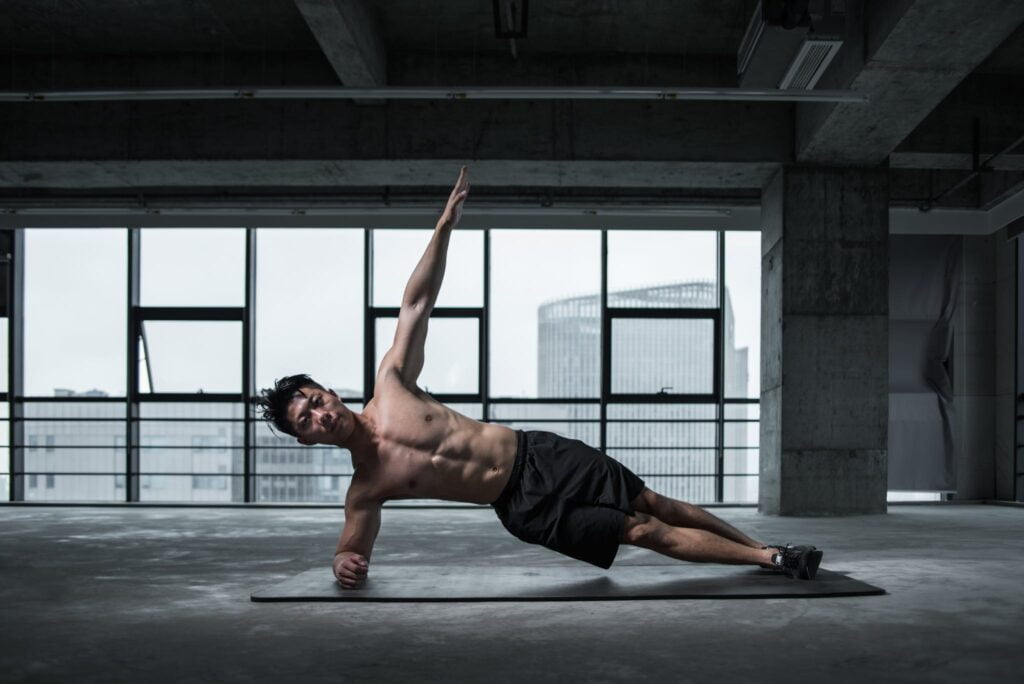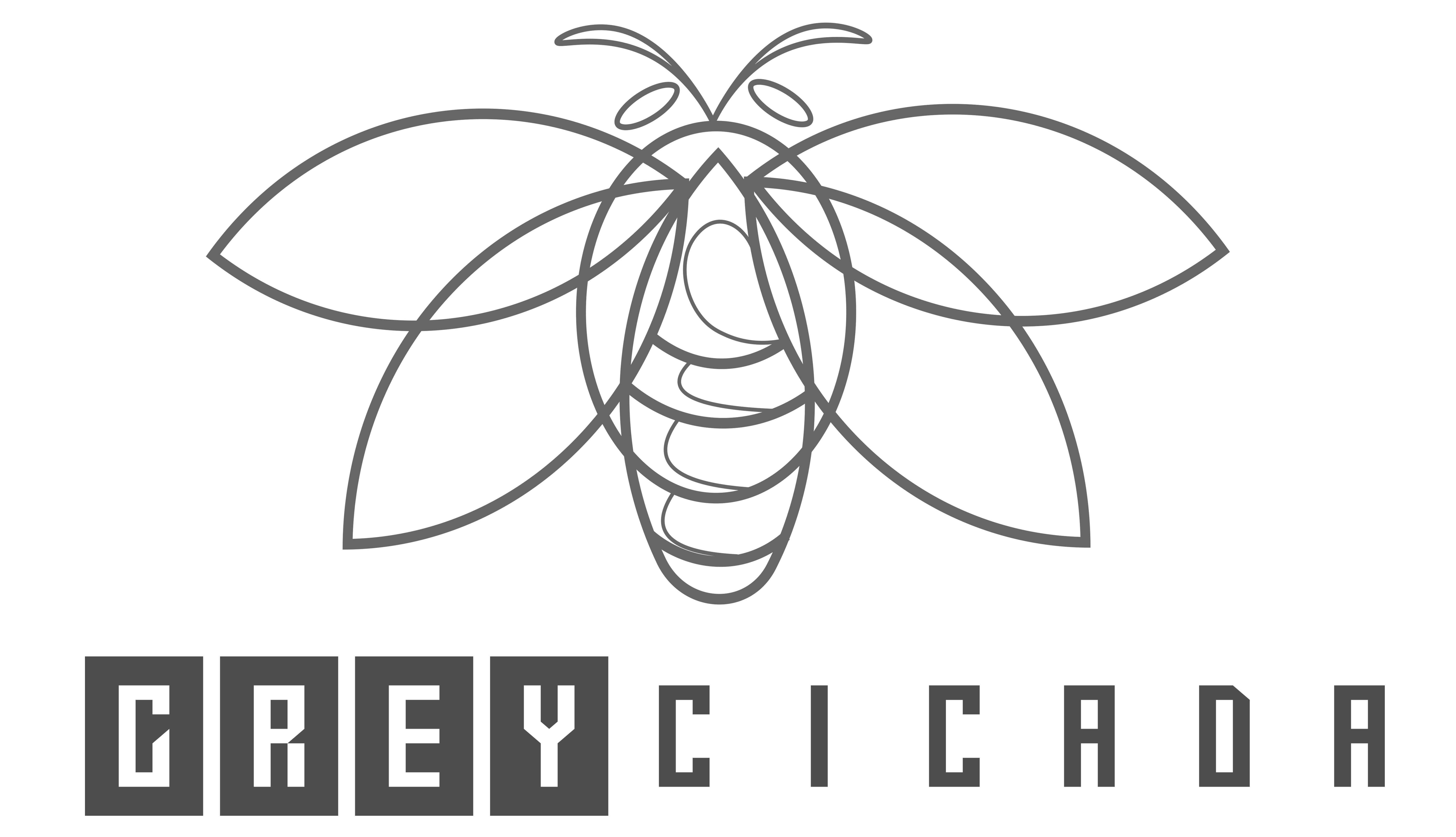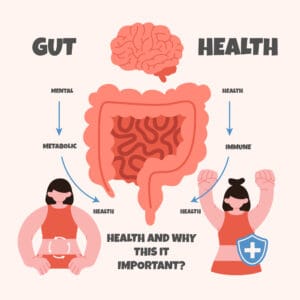FREE SHIPPING OVER $50
Effective Steps for Identifying and Strengthening your Weak Core Muscles
Your core muscles are the foundation of your body. They support your spine, pelvis, and rib cage, and help you perform everyday activities like sitting, standing, bending, twisting, and lifting. They also play a key role in your athletic performance, balance, posture, and breathing. But what if your core muscles are weak? How can you tell if you have a weak core, and what can you do to strengthen it?
In this article, we will answer these questions and more. We will explain what causes a weak core, how to recognize the signs and symptoms of a weak core, and how to improve your core strength with effective exercises like planks and bridges. By the end of this article, you will have a better understanding of your core muscles and how to keep them strong and healthy.

What Causes a Weak Core?
The causes of a weak core are:
- Sedentary lifestyle: If you spend a lot of time sitting at a desk, in front of a computer, or on the couch, you are not engaging your core muscles enough. This can lead to muscle atrophy and loss of strength.
- Poor posture: If you slouch or hunch over when you sit or stand, you are putting excess strain on your spine and core muscles. This can cause them to weaken over time and increase your risk of injury.
- Lack of exercise: If you don’t exercise regularly or do not include core-specific exercises in your routine, you are missing out on the benefits of strengthening your core muscles. Exercise can help improve your core stability, endurance, and power.
- Aging: As you get older, your muscle mass and bone density tend to decrease. This can affect your core strength and function as well.
- Pregnancy and childbirth: During pregnancy and childbirth, your abdominal muscles stretch and separate to accommodate the growing baby. This can cause a condition called diastasis recti, which is a gap between the left and right sides of your abdominal wall. This can weaken your core muscles and make them less effective.
- Injury or surgery: If you have suffered an injury or undergone surgery that affects your core muscles, such as a back injury, hernia repair, or hysterectomy, you may experience a loss of core strength and function. You may need to rehabilitate your core muscles with physical therapy or specific exercises.
Signs and Symptoms of a Weak Core
A weak core can manifest in various ways, such as:
- Back pain: One of the most common signs of a weak core is lower back pain. Your core muscles help support your spine and keep it in alignment. If they are weak, they cannot provide enough stability and protection for your spine. This can result in increased pressure on your spinal discs, nerves, and joints, causing pain and inflammation.
- Poor posture: Another sign of a weak core is poor posture. Your core muscles help maintain your natural curves and balance your body weight. If they are weak, they cannot hold your body upright and prevent it from collapsing forward or backward. This can cause you to slouch or hunch over when you sit or stand, which can lead to neck pain, shoulder pain, headaches, and fatigue.
- Balance problems: A weak core can also affect your balance and coordination. Your core muscles help keep you stable and centered when you move. If they are weak, they cannot respond quickly and effectively to changes in direction or speed. This can make you more prone to falls and injuries.
- Breathing difficulties: A weak core can also impair your breathing. Your core muscles help expand and contract your rib cage when you inhale and exhale. If they are weak, they cannot assist your breathing as well as they should. This can make you breathe more shallowly and less efficiently.
- Weak abs: A weak core can also make your abdominal muscles look flabby or saggy. Your abdominal muscles are part of your core muscles that help shape and tone your midsection. If they are weak, they cannot contract properly and create definition. This can make you appear less fit and attractive.
How to Strengthen Your Weak Core Muscles
The good news is that you can strengthen your weak core muscles with effective exercises that target all the major muscle groups in your core. These include:
- The rectus abdominis: The muscle that runs along the front of your abdomen from your sternum to your pubic bone. It helps flex your spine and bring your chest closer to your pelvis.
- The transverse abdominis: The deepest layer of muscle that wraps around your abdomen like a corset. It helps stabilize your spine and pelvis and compresses your abdominal organs.
- The internal and external obliques: The muscles that run diagonally along the sides of your abdomen from your ribs to your hips. They help rotate and side-bend your spine.
- The erector spinae: The muscles that run along the back of your spine from your neck to your tailbone. They help extend and stabilize your spine.
- The multifidus: The small muscles that connect the vertebrae of your spine. They help stabilize and control the movement of your spine.
- The pelvic floor muscles: The muscles that form the base of your pelvis and support your pelvic organs. Your pelvic floor muscles help control your bladder and bowel functions and enhance your sexual performance.
Exercises that Strengthen your Weak Core
Here are some of the best exercises that target your abs, obliques, lower back, and pelvic floor. Try to do them at least three times a week for optimal results.
1. Planks
Planks are the ultimate core exercise. They work your entire core, as well as your shoulders, arms, and glutes. To do a plank, get into a push-up position and hold it for as long as you can, keeping your body in a straight line. Don’t let your hips sag or your back arch. If you want to make it harder, you can lift one leg or arm, or move them side to side.
2. Side Planks
Side planks are a variation of planks that target your obliques, the muscles on the sides of your waist. To do a side plank, lie on your right side and prop yourself up on your right elbow. Stack your legs and lift your hips off the floor, forming a diagonal line from your head to your feet. Hold for 30 seconds, then switch sides. You can also raise your top arm or leg for more challenge.
3. Bridges
Bridges are great for strengthening your lower back and glutes, as well as your core. To do a bridge, lie on your back with your knees bent and your feet flat on the floor. Squeeze your glutes and lift your hips off the floor, forming a straight line from your shoulders to your knees. Hold for a few seconds, then lower back down. You can also lift one leg or arm, or add some pulses for more intensity.
4. Bird Dog
Bird dog is an exercise that improves your stability and coordination, as well as working your core. To do a bird dog, get on all fours with your hands under your shoulders and your knees under your hips. Keep your spine neutral and engage your core. Extend your right arm and left leg at the same time, reaching them out in opposite directions. Hold for a second, then bring them back to the starting position. Repeat with the other arm and leg. Make sure to keep your hips level and don’t twist or arch your back.
5. Dead Bug
Dead bug is an exercise that challenges your core without putting stress on your spine. To do a dead bug, lie on your back with your arms extended over your chest and your legs bent at 90 degrees. Keep your lower back pressed into the floor and brace your core. Slowly lower your right arm and left leg until they are just above the floor, then bring them back up. Repeat with the other arm and leg. Don’t let your back arch or lift off the floor.
6. Bicycle crunch
Bicycle crunch is a classic ab exercise that works both your upper and lower abs, as well as your obliques. To do a bicycle crunch, lie on your back with your hands behind your head and your legs lifted off the floor. Curl up and bring your right elbow to meet your left knee, while extending your right leg. Switch sides and repeat in a fluid motion, like you are pedaling a bike. Don’t pull on your neck or jerk your elbows.
Before You Leave
Your core muscles are essential for your health, fitness, and well-being. They help you move better, feel better, and look better. If you have a weak core, you may experience various problems like back pain, poor posture, balance issues, breathing difficulties, and weak abs. You can strengthen your weak core muscles with effective exercises that target all the major muscle groups in your core. These exercises can help you improve your core stability, endurance, power, shape, and tone.
If you found this blog post insightful, explore more by delving into our related articles:
- How to Do the Perfect Hex Bar Deadlift: Variations & Alternatives
- Combating Neck Hump: Causes, Exercises, and Lifestyle Tips
- The Best Kegel Exercises for Men to Combat Erectile Dysfunction
- Building Lean Muscle 101: The Ultimate Guide for Success
- What is Roid Gut and How Can You Eliminate It?
- Post Cycle Therapy Demystified: A Step-by-Step Approach
- 10 Foods that Lower Testosterone
- 10 Foods that Boost Testosterone
We trust you’ll find these insights valuable. Feel free to share and leave a comment if you have any more questions.



